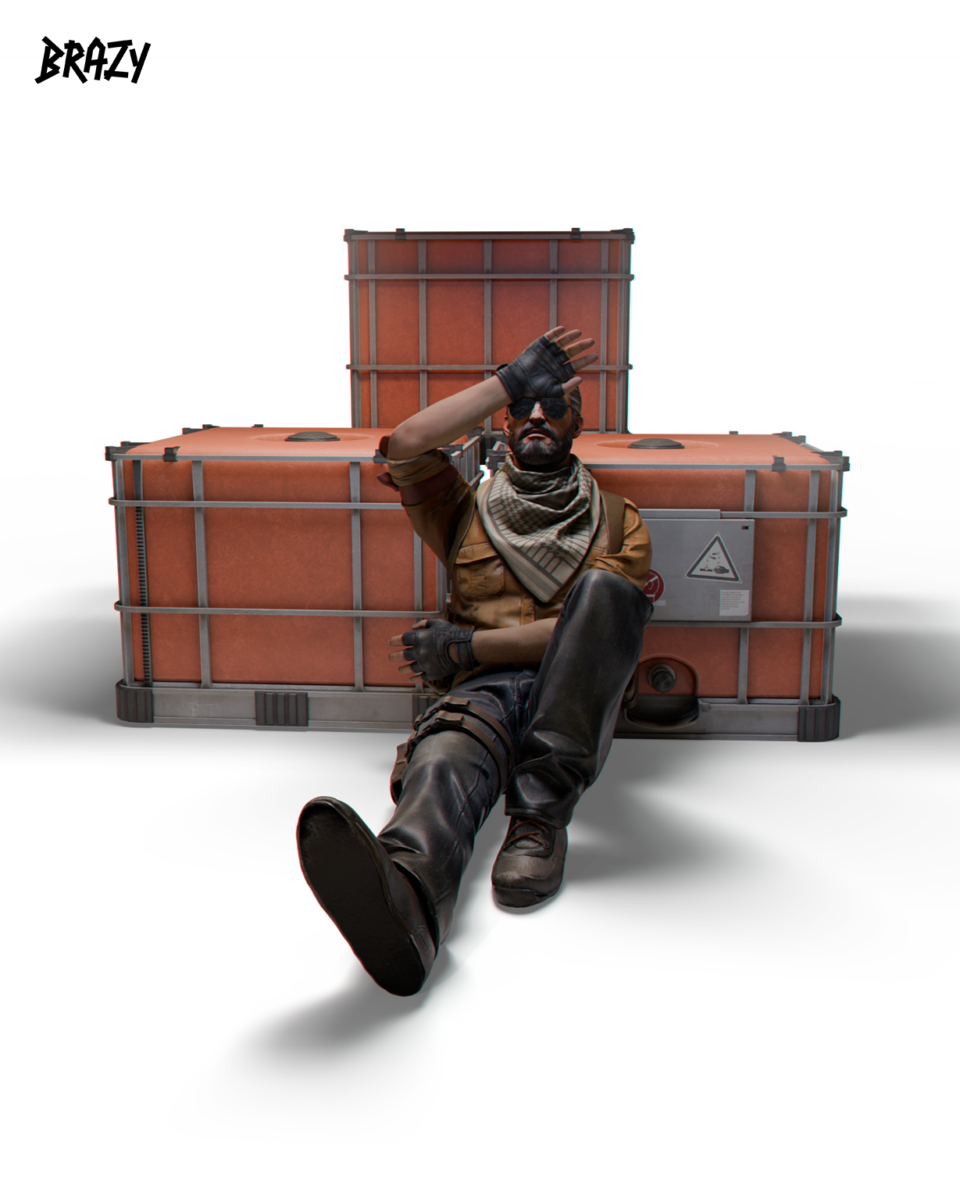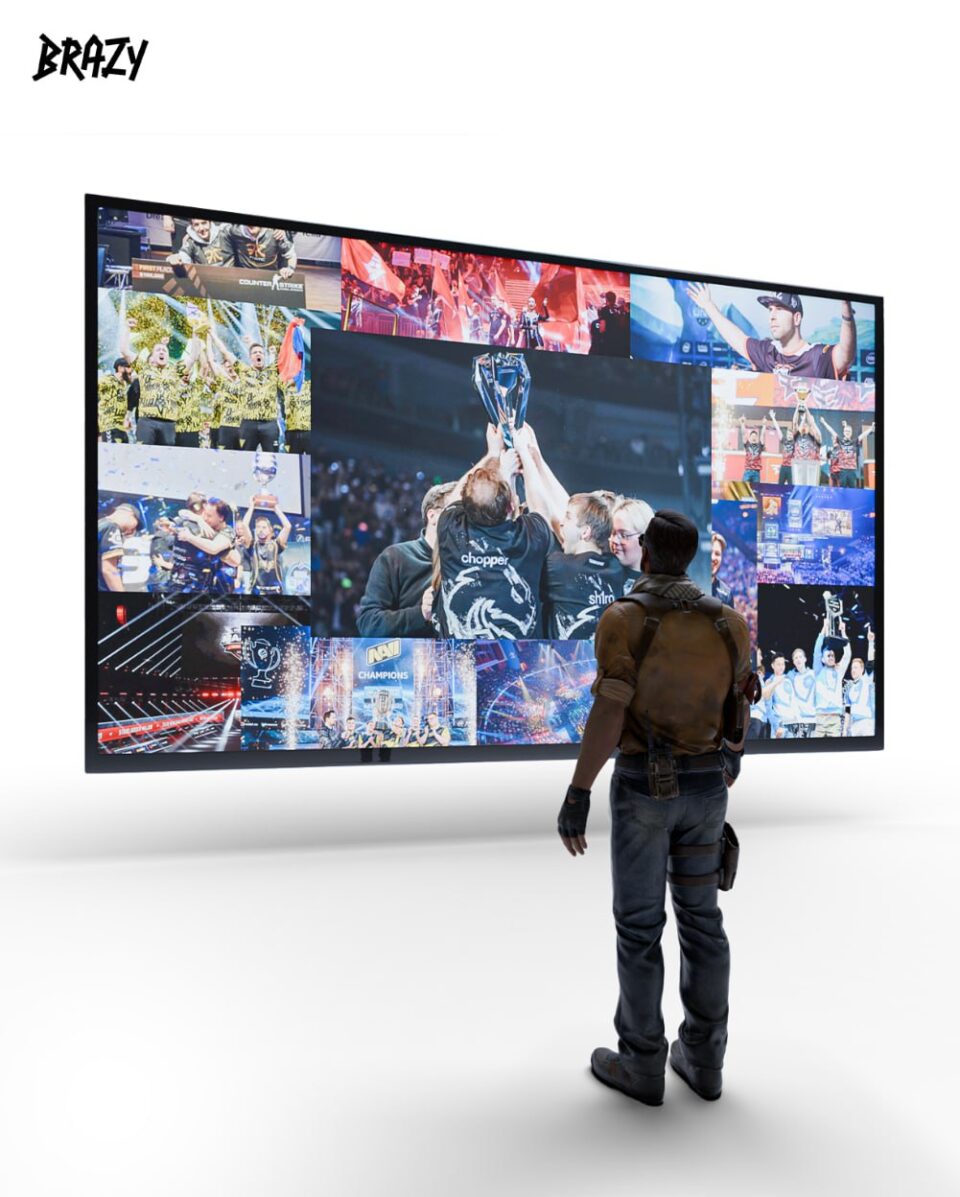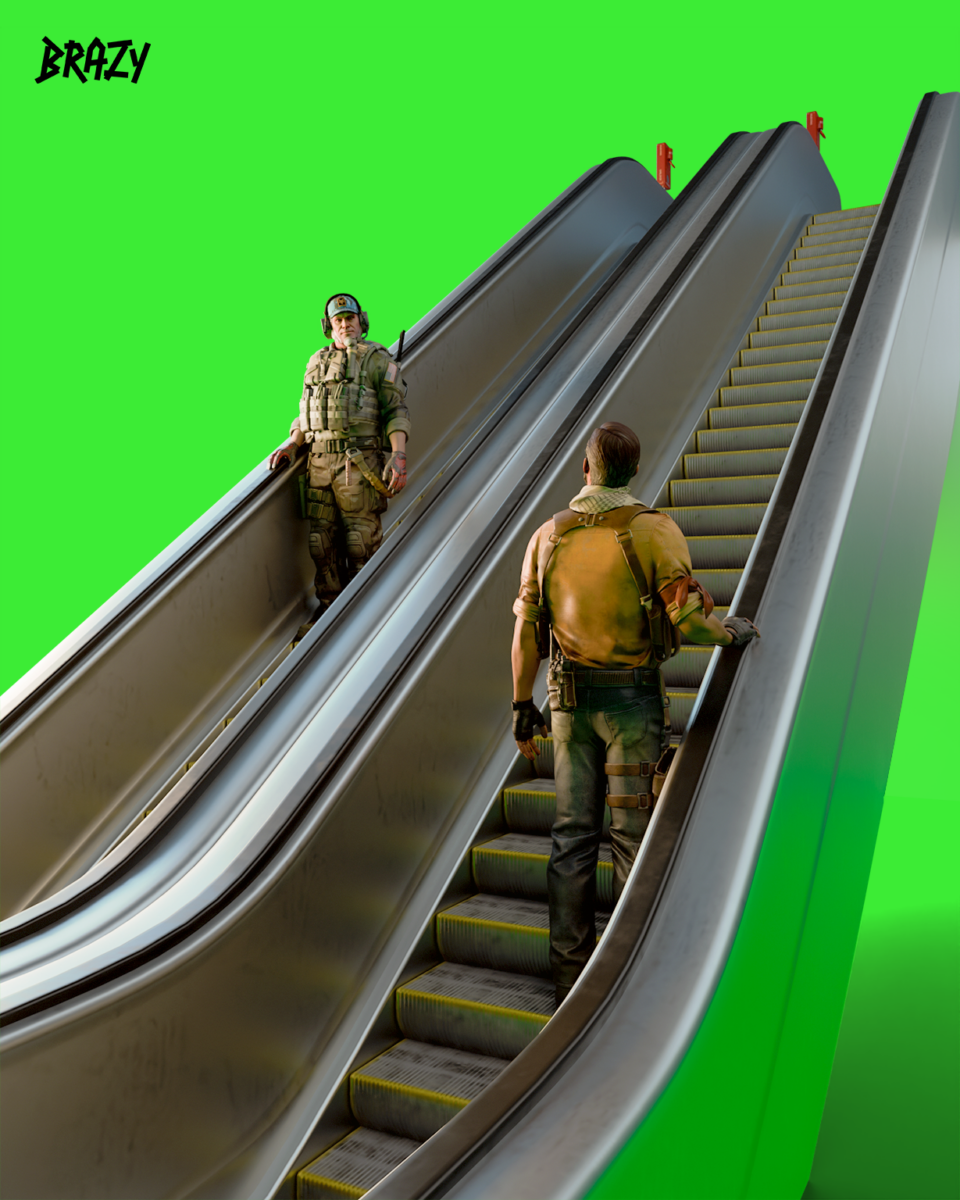Vertigo holds the dubious honor of being the most hated map in Counter-Strike 2. It’s criticized relentlessly by casual players, professional gamers, and even analysts who comment on matches. The outcry is unanimous: replace it with something — anything — or better yet, just remove it from the game altogether. But what is it about Vertigo that sparks such disdain? Let’s break it down.
The Cache Replacement Controversy
Vertigo has been part of the Counter-Strike franchise since the early days, but it was never a fan favorite. In the CS 1.6 era, it was largely ignored and absent from major tournaments. Everything changed in 2019 when Valve made the controversial decision to remove Cache from the active duty map pool and replace it with Vertigo.
The backlash was immediate, and here’s why:
Cache, while a bit overplayed, was beloved by the community and remained a staple in both tournaments and matchmaking.
Vertigo, in contrast, felt unfinished. The version introduced into the competitive pool was rough around the edges and lacked the polish expected of a map replacing such an iconic pick.
The change felt like trading a trusty, albeit overused, tool for an experimental one still in beta testing.
A Gimmick That Flops
Vertigo’s standout feature is the ability to fall off the map — a novelty that quickly loses its charm. While fall damage exists on every Counter-Strike map, Vertigo’s design makes accidental deaths all too common.
This gimmick presents a frustrating imbalance: the potential reward of clever movement or risky plays is overshadowed by the frequent punishment of losing a teammate entirely. The risk simply isn’t worth the reward, leaving players annoyed rather than entertained.
The A-Site Problem
In Counter-Strike maps, certain areas naturally become hotspots for skirmishes that shape the round. Think A Long on Dust 2 or a banana on Inferno. However, Vertigo takes this concept to an extreme by funneling most of the action into a single area: the A-site ramp.
Round after round, teams battle over the same stretch of the ramp leading to the A-site, resulting in repetitive and uninspired gameplay. Watching professional matches on Vertigo feels monotonous, and playing it is even worse. The map lacks the dynamic flow that makes other competitive maps exciting.
Too Many Updates, Too Quickly
Counter-Strike maps are known for their stability, with changes rolled out sparingly over the years. Take Dust 2, for example — a map that’s been largely unchanged for decades, save for the occasional tweak like adjusting sightlines or adding a bench. This slow evolution allows players to master the map and develop lasting strategies.
Vertigo, however, is the opposite. In just five years, it has undergone four major overhauls, an unusually fast pace for Counter-Strike maps. As soon as players started to adapt to one version, Valve introduced another, leaving the map in a constant state of flux. The rapid updates gave the map no time to establish a solid meta, further frustrating the community.
A Layout That’s Too Vertical
Perhaps the most glaring issue with Vertigo is its multi-level design. Counter-Strike struggles with verticality, and Vertigo’s two-story layout feels chaotic.
Attackers face the challenge of checking not just left and right but also above and below, significantly complicating site takes.
Defenders struggle to find safe, advantageous positions, making it equally frustrating for their side.
While Nuke also features vertical gameplay, it compensates with a large outdoor area and short rotation times between bomb sites. Vertigo, on the other hand, feels cramped and disjointed, like two mismatched maps forced into one.
Five Years of Frustration
Vertigo’s journey in the active map pool has been anything but smooth. From its controversial debut to its constant overhauls, the map has consistently failed to win over the community. Even professional players, like FaZe Clan’s Robin “ropz” Kool, have voiced their disapproval.
The consensus? Vertigo tried to be bold but ended up being a mess.
Many players are now looking ahead to 2025, hoping Valve will finally remove the map from competitive play and replace it with something more deserving.
Conclusion
Vertigo entered the Counter-Strike map pool with bold intentions but quickly became the community’s punching bag. Its gimmicks, flawed layouts, and endless revisions alienate both casual players and pros alike. As we wait for Valve’s next move, one thing is clear: Vertigo’s legacy is more infamous than inspiring.










